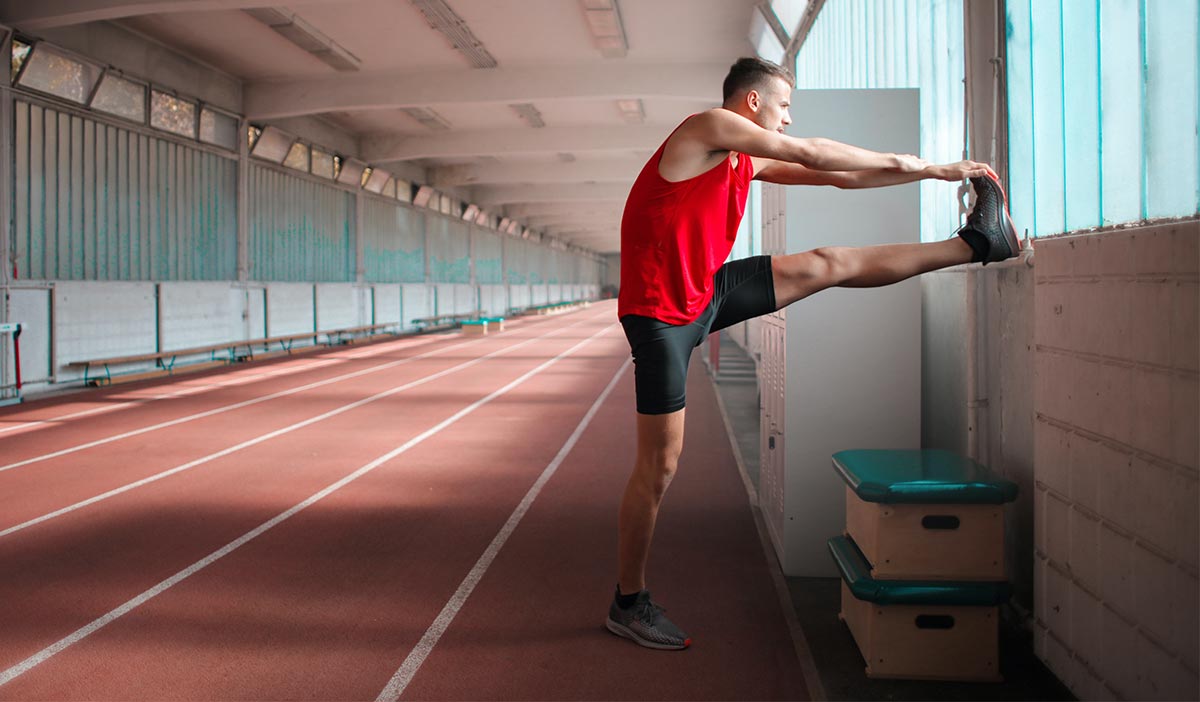Running is one of the most effective and accessible forms of exercise, but it can also be tough on the body. Proper stretching, both before and after a run, is crucial for avoiding injuries, improving flexibility, and optimizing performance. Whether you're hitting the trails, the treadmill, or the pavement, stretching should be an integral part of your routine.
The Importance of Stretching for Runners
Stretching prepares your muscles, tendons, and joints for the physical demands of running. By loosening up tight muscles and improving blood flow, stretching helps prevent injuries such as strains, sprains, and tendinitis. It also promotes better posture and running form, which can lead to greater efficiency and less fatigue.
Stretching is especially important for runners because of the repetitive nature of the activity. Over time, running can cause muscle imbalances and tightness, which may lead to overuse injuries. A consistent stretching routine can address these issues and help maintain a healthy range of motion.
Tips for Effective Stretching
To make the most of your stretching routine, keep these tips in mind:
Avoid stretching cold muscles. Warm up first by walking, jogging, or performing dynamic stretches for about 5 minutes to get blood flowing to your muscles.
Stretch to the point of mild discomfort, not pain. Overstretching can lead to injury.
Hold each stretch for 30 to 45 seconds. Allow your muscles to relax and lengthen gradually.
Breathe deeply and steadily while stretching. This helps your muscles relax and enhances the effectiveness of each stretch.
Don’t rush. Stretching should be a deliberate, mindful part of your workout, not an afterthought.
Dynamic vs. Static Stretching
There are two primary types of stretching: dynamic and static. Dynamic stretching involves controlled, gentle movements that mimic the activity you're about to perform. These stretches are ideal for warming up before a run as they help increase blood flow and prepare your muscles for action.
Static stretching, on the other hand, involves holding a stretch for an extended period. These stretches are best performed after your run when your muscles are warm and more pliable. Static stretching helps improve flexibility and aids in recovery by reducing muscle tightness.
Essential Stretches for Runners
Splits
The splits stretch targets the adductor muscles, which are critical for stabilizing your legs during running. To perform this stretch, stand with your feet parallel and spread them as far apart as possible. Fold your arms at the elbows, and bend forward while aiming to touch the ground with your folded arms. Avoid putting pressure on your lower back.
Bent Over Hang
The hamstrings play a vital role in running, and the Bent Over Hang stretch helps loosen these muscles while also relaxing the lower back. Stand with your feet shoulder-width apart, bend at the waist, and let your arms hang toward your toes. Relax your neck and let your head hang freely.
Lunge
The lunge stretch is a multitasking stretch that targets both your hip flexors and groin muscles. These muscle groups are essential for running, especially when tackling hills or high treadmill inclines. Step one leg forward into a deep lunge, keeping your trailing knee pointed straight down and your hands on either side of your forward foot. For an added groin stretch, rotate your back foot inward so the inside edge is flat against the ground.
Stork
This stretch focuses on the quadriceps, which are crucial for a strong back kick and longer strides. Stand on one leg or hold onto a stable surface for balance. Bend your opposite knee and grab your foot with the same-side hand. Keep your torso upright and your knee pointing straight down to properly stretch the quads and shin muscles.
Heel Drop
The Heel Drop is a must for runners, as it stretches the calves, Achilles tendons, and shins. Stand on a curb, step, or the edge of a treadmill and let your heels drop below the level of the step. Relax your calves and allow them to stretch naturally. This stretch is especially helpful for preventing Achilles tendinitis and shin splints.
Incorporating Stretching Into Your Routine
Stretching doesn’t have to be time-consuming or complicated. A simple 10-minute routine can significantly improve your running performance and reduce the risk of injuries. Try incorporating stretching into your pre-run warm-up and post-run cool-down for the best results.
Benefits Beyond Injury Prevention
Stretching offers more than just injury prevention. It can enhance your overall running experience by improving flexibility, increasing range of motion, and promoting better circulation. Stretching also has mental benefits, providing a moment of mindfulness and relaxation before or after a run.
Stretching for Recovery
Post-run stretching is just as important as warming up. After running, your muscles are warm and more receptive to stretching. This is the perfect time to focus on static stretches that target tight areas. Stretching after a run can help reduce muscle soreness, speed up recovery, and prepare your body for your next workout.
Stretching is a simple yet powerful tool for runners of all levels. By dedicating a few minutes before and after each run to stretching, you can improve your performance, prevent injuries, and enjoy a more fulfilling running experience. So lace up your shoes, hit the pavement, and don’t forget to stretch—it’s the key to running your way into shape!













